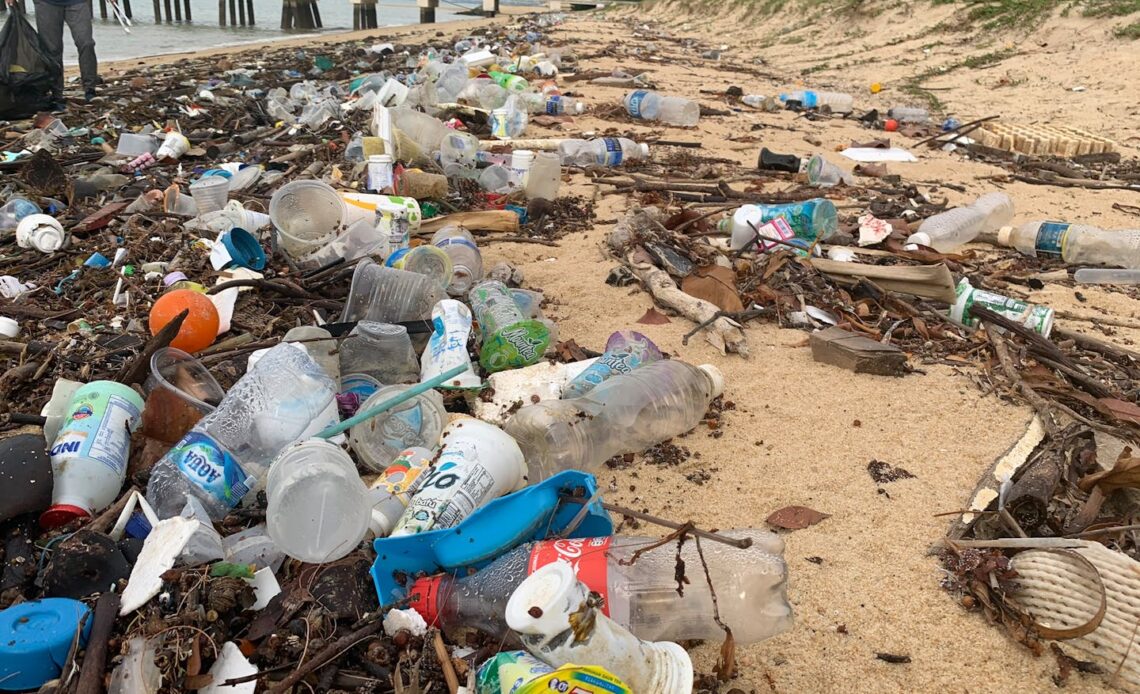Junk removal Singapore represents a sprawling industry operating largely beyond public awareness, yet touching nearly every household and business across the island nation. In the cramped quarters of a Toa Payoh HDB flat, an elderly woman surveys decades of accumulated possessions, wondering how to dispose of furniture that no longer fits her downsized life. Across town, a contractor stares at renovation debris piling outside a landed property, calculating costs and logistics. These separate scenarios converge within a complex ecosystem of collection services, disposal regulations, and environmental mandates that keep Singapore functioning despite its relentless consumption patterns.
The Architecture of Disposal
Singapore’s junk removal infrastructure evolved through necessity rather than choice. With approximately 728 square kilometres of land and a population exceeding 5.9 million, the mathematics of accumulation presented urgent challenges from the nation’s earliest days. What other countries solve through distance, Singapore must address through efficiency and regulation.
The National Environment Agency oversees the licensing framework, stating in its Public Waste Collectors guidelines: “Collectors must possess valid licences and comply with prescribed collection frequencies and disposal methods.” This regulatory structure governs everything from bulky item collection to construction debris removal, creating accountability throughout the disposal chain.
Investigation into how junk moves through Singapore reveals multiple pathways depending on item type, location, and disposal method chosen. Understanding these channels provides insight into a system most residents engage with infrequently yet depend upon continuously.
What Qualifies as Junk in Singapore
The National Environment Agency defines bulky waste specifically, distinguishing it from regular household refuse. This classification matters because it determines collection methods, costs, and processing requirements. Junk removal in Singapore typically encompasses:
- Furniture items including sofas, beds, wardrobes, and dining sets
- Large appliances such as refrigerators, washing machines, and air conditioners
- Electronic waste covered under Extended Producer Responsibility schemes
- Renovation debris from home improvement projects
- Garden waste from landscaping activities
- Commercial equipment and office furniture
Each category follows distinct pathways through the disposal system. Electronic waste, for instance, cannot enter general waste streams due to hazardous components requiring specialised processing. The Environmental Protection and Management Act imposes penalties for improper disposal, with fines reaching several thousand dollars for serious violations.
The Grassroots Reality of Collection
Speaking with residents across different estates reveals patterns in how junk accumulates and departs. In older HDB blocks, collection days become neighbourhood events. Residents coordinate disposal timing, share information about collection procedures, and sometimes salvage items others discard. A serviceable bookshelf left at the void deck rarely survives an hour before someone claims it.
The town council system provides scheduled bulky waste collection, typically monthly or quarterly depending on estate needs. Residents must:
- Book collection appointments through designated channels
- Place items at specified collection points
- Ensure junk does not obstruct common areas or corridors
- Separate different waste types according to guidelines
Private junk removal Singapore services offer alternatives for those requiring immediate disposal or handling items outside municipal collection scope. These operators navigate a competitive market where reputation depends on reliability, pricing transparency, and proper disposal documentation.
The Cost Calculations
Economics drive many decisions within Singapore’s rubbish removal Singapore operations. Town councils absorb costs for scheduled bulky waste collection through service and conservancy charges, but volume limits apply. Residents disposing beyond allocated allowances face additional fees.
Private sector junk disposal singapore pricing varies based on multiple factors. A single-item removal costs substantially less than clearing an entire flat. Accessibility matters too. Ground-floor locations with direct lorry access command lower rates than high-floor units requiring manual carrying through stairwells. Weekends and public holidays typically incur surcharges reflecting labour costs and demand pressures.
Commercial entities face different calculations. Construction sites generate massive debris volumes requiring daily removal to maintain site safety and comply with Building and Construction Authority regulations. Renovation contractors must factor disposal costs into project quotations, balancing competitive pricing against proper waste handling requirements.
Environmental Imperatives and Future Pressures
Singapore’s only landfill, Semakau, operates on borrowed time despite expansion efforts. Current projections suggest capacity exhaustion within decades, possibly sooner if waste generation continues rising. This timeline creates urgency around reduction, reuse, and recycling initiatives that government agencies promote with increasing intensity.
The Zero Waste Masterplan targets significant waste reduction by 2030, requiring behavioural changes across society. For junk removal services Singapore providers, this translates into evolving business models. Some operators now emphasise:
- Donation coordination with charities accepting usable items
- Refurbishment services extending furniture lifespan
- Material recovery maximising recycling rather than disposal
- Transparent tracking documenting proper disposal methods
The Underground Market
Beyond licensed operators exists a grey market of unlicensed collectors, often visible in older estates offering quick removal for cash. These operators undercut legitimate services but create risks. Improper disposal, illegal dumping, and environmental violations trace back to unlicensed collection. Residents choosing these services sometimes unwittingly participate in regulatory violations carrying legal consequences.
Enforcement remains challenging. The National Environment Agency conducts investigations and imposes penalties, but resource constraints limit comprehensive monitoring. Community vigilance and resident education form crucial defences against improper disposal practices.
Navigating the System
For residents facing junk disposal needs, understanding available options prevents frustration and unnecessary costs. Municipal collection through town councils provides the most economical solution when timing allows. Private services offer convenience and speed when circumstances demand immediate removal. Electronic waste requires special attention, with designated collection points operating across the island.
The system works, but barely. junk removal Singapore infrastructure operates constantly at capacity, managing the endless flow of discarded possessions that follow inevitably from prosperity and density.

